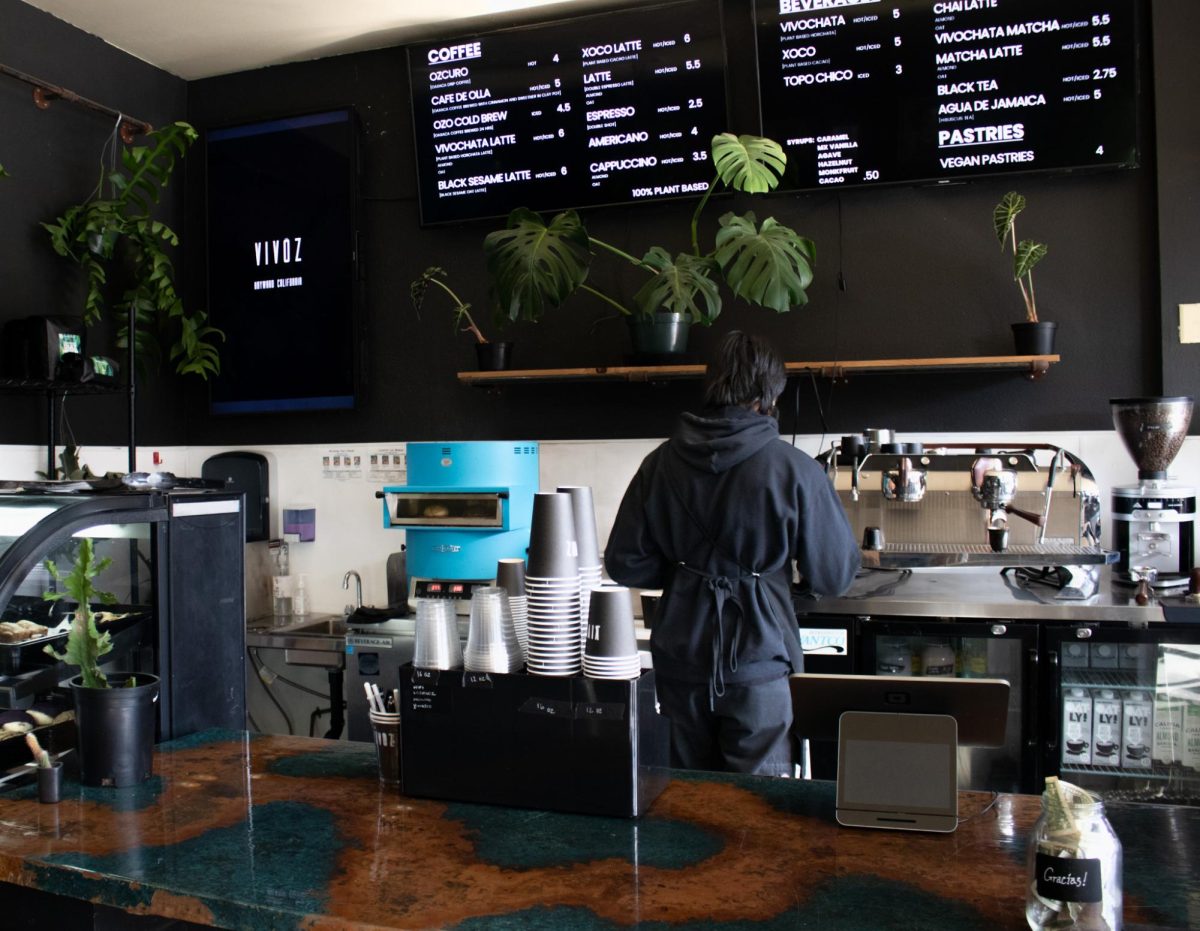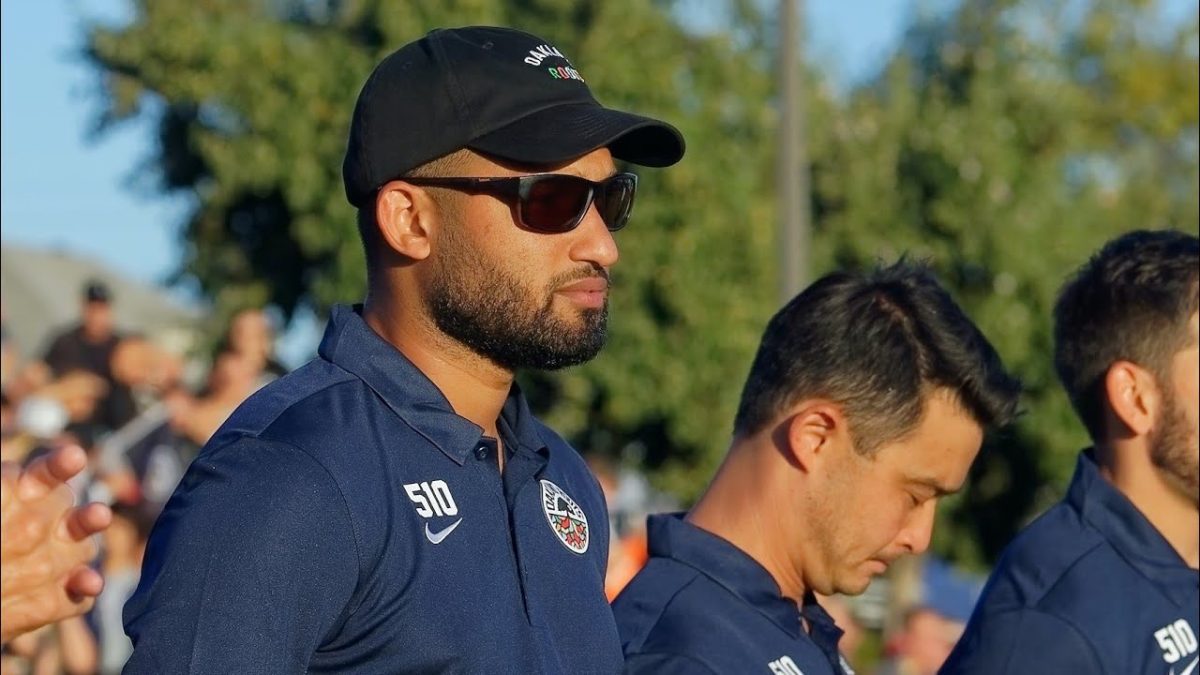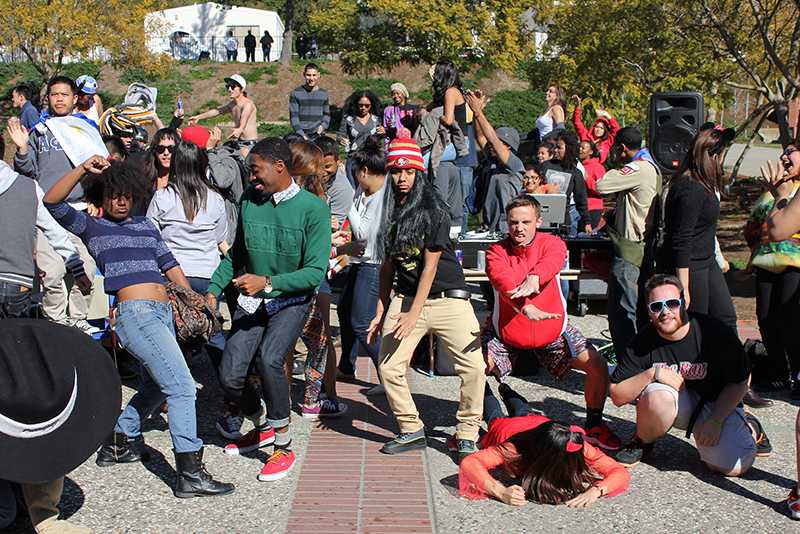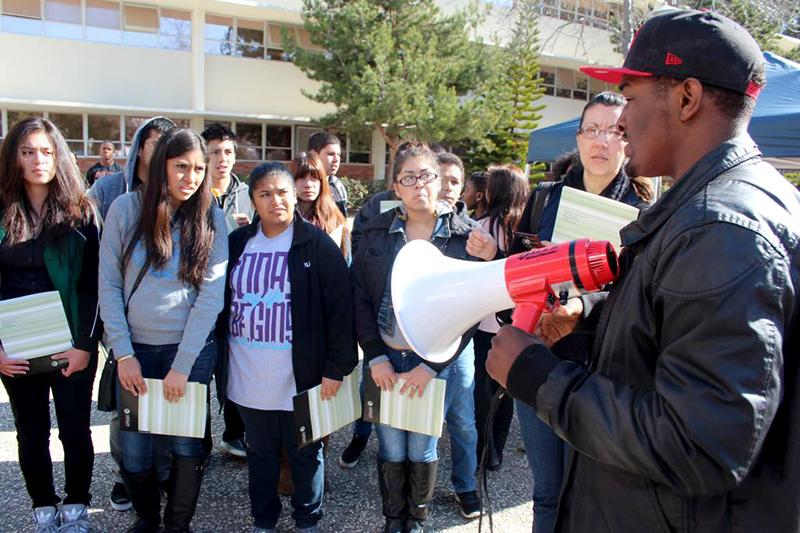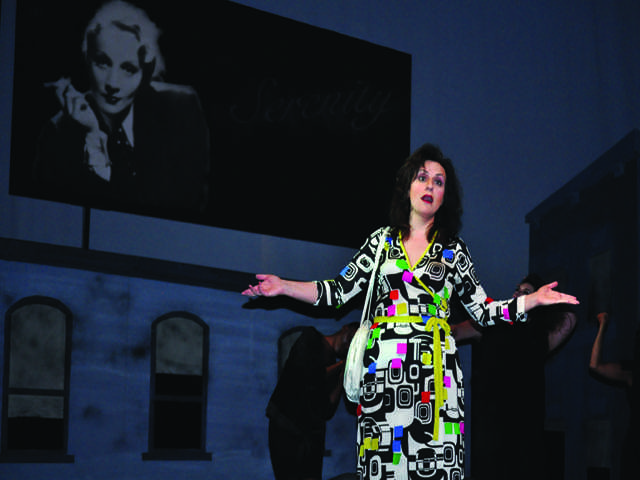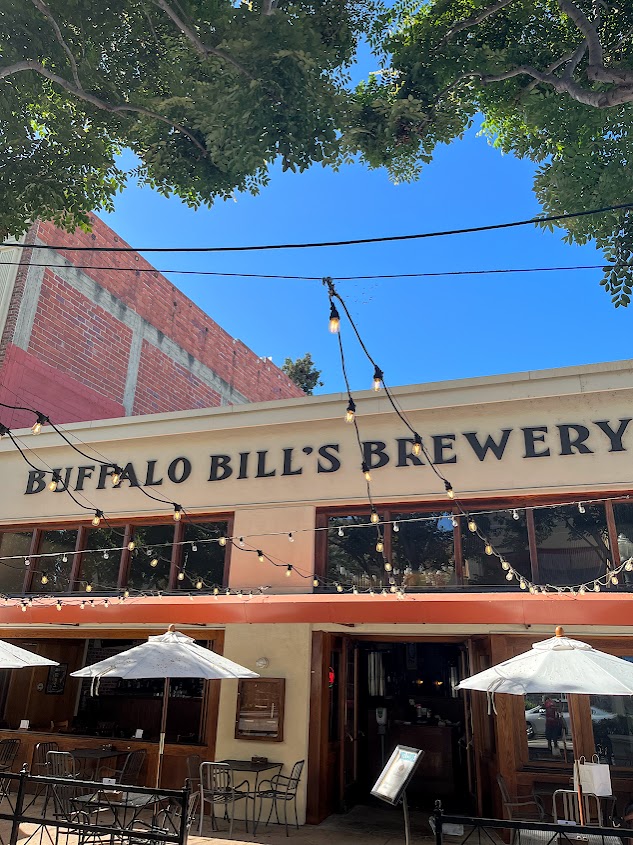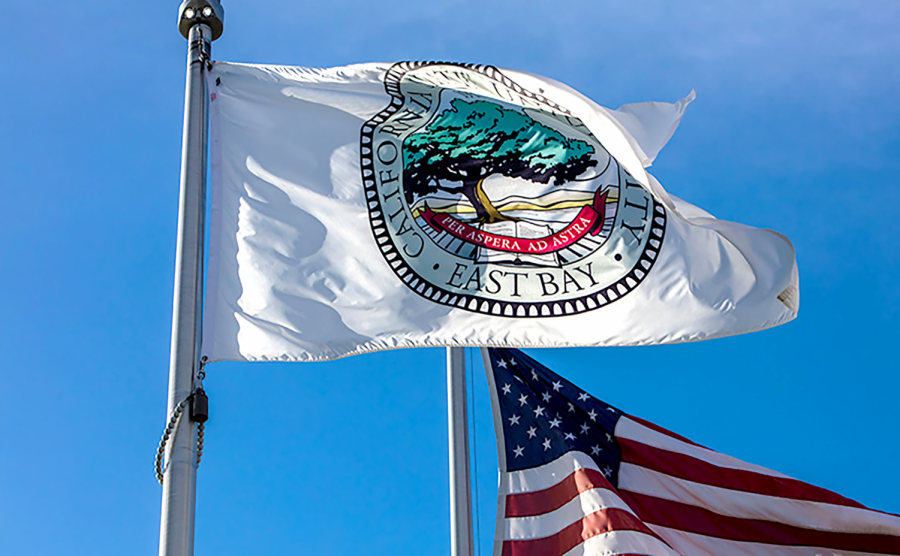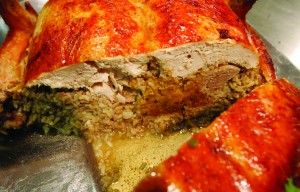
Thanksgiving is all about food and family.
The traditional Thanksgiving food—turkey, mashed potatoes and gravy, stuffing, cranberry sauce and so forth can be found in many homes this last Thursday of November. But what does all this food mean?
The first American Thanksgiving was at Plymouth Plantation in Massachusetts in 1621. Originally, Thanksgiving was created to “give thanks” for the fall harvest.
According to the journals of the pilgrims present, the first Thanksgiving lasted three days and included venison, fish and several different kinds of fowl, including turkey.
The feast comfortably fed over 50 pilgrims and nearly 90 Native Americans for a week. It is said that the pilgrims hunted turkeys because they were slower than geese and easier to find.
Some of the other foods eaten were crops from their harvest, including corn and squash. Unfortunately, they didn’t eat pumpkin pie, or any sweets at all for that matter.
It wasn’t until 1863 when President Abraham Lincoln declared Thanksgiving a national holiday. It was at this point when the traditional foods we see now started to become popular. Turkey was more readily available than any other large fowl.
The other side dishes to the turkey that Americans eat today are an evolution of the crops that were available in earlier Thanksgivings.
In the early 1900s, potatoes were abundant and affordable, and bread was a staple at every meal. Soon, sweet potatoes become a common substitute or additional accompaniment to Thanksgiving dinner.
Stuffing, cranberry sauce and other vegetables, like green beans, eventually started being eaten, all because they were affordable and complimented the turkey.
Every year it seems there is a new spin on America’s favorite holiday meal. Of course the main event, turkey, never seems to be completely erased, even for vegetarians, who eat tofurkey, a tofu- and grain-based “turkey” with traditional turkey seasonings and spices.
Other variations of turkey have sprung up over the last decade, including deep fried turkey, which only takes about 40 minutes for a 15-pound bird, and leaves the meat extra juicy and the skin very crispy.
It is also common to roast a turkey in the oven with bacon covering it, adding additional fat and flavor to an otherwise mild tasting turkey. It is also not uncommon to completely de-bone the turkey and roll it up with stuffing, making a turkey roulade that’s easy to carve.
One of the latest crazes in turkey is turducken. Turducken is a boneless chicken, stuffed inside a boneless duck, stuffed inside a boneless turkey. The average turducken weighs between 25-30 pounds and comfortably feeds around 30 people.
Although turducken has a very American feel to it, the concept of turducken is not a new one. English Christmas pie, served in the 18th century, consisted of five or six birds all stuffed together and was commonly eaten by the wealthy. Turducken itself was said to be created in New Orleans in the ‘80s, and its popularity eventually spread throughout the country.
Turkey is not the only Thanksgiving food that has had a few makeovers.
Sweet potatoes are a very interesting side dish, because they are both sweet and savory. Some people choose to play up on the savory, mixing them with butter and spices. An unusual but fairly common thing to do with sweet potatoes is to bake them chopped up with marshmallows on top.
Another odd American side dish is the hideous looking green bean casserole, invented in the ‘70s, or “the casserole age.” Green beans are mixed with cream of mushroom soup and crunchy onion topping, and how this is appetizing is a complete mystery.
Stuffing and gravy also have different ingredients depending on the region where they are made. In the South, it is common to have oyster dressing, which is a cornbread or sourdough bread and vegetable stuffing with oysters baked in. Also in the South, it is not uncommon to have the turkey giblets or hard boiled eggs cooked into the gravy.
What is most common on the West Coast is a smooth, no lump gravy made from the pan drippings of the bird, along with a bread stuffing, sometimes including onions, celery or apples.
Of course, culture or lifestyle choice can play a major role in what is eaten on Thanksgiving. They can be subtle modifications or totally different than what’s traditional.
“I have tried tofurkey a couple times and didn’t like it that much,” said Cal State East Bay senior and vegetarian Kimbra McCaul. “Now, I make a veggie meatloaf with St. Ives meatless ground beef, stuffing mix and mushrooms.”
“We don’t have too much Filipino influence,” said sophomore Jayne Rabuy. “Really, it’s pretty traditional American. We have turkey, mashed potatoes, pumpkin pie, and chicken. We have turducken occasionally. We also have fish, rice, lumpia and pancit.”
Like the family and friends that surround us, the food we eat on Thanksgiving is meant to make everyone feel like they’re at home, wherever that may be. Whatever is eaten on Thanksgiving, it tastes best when you’re around your loved ones.







